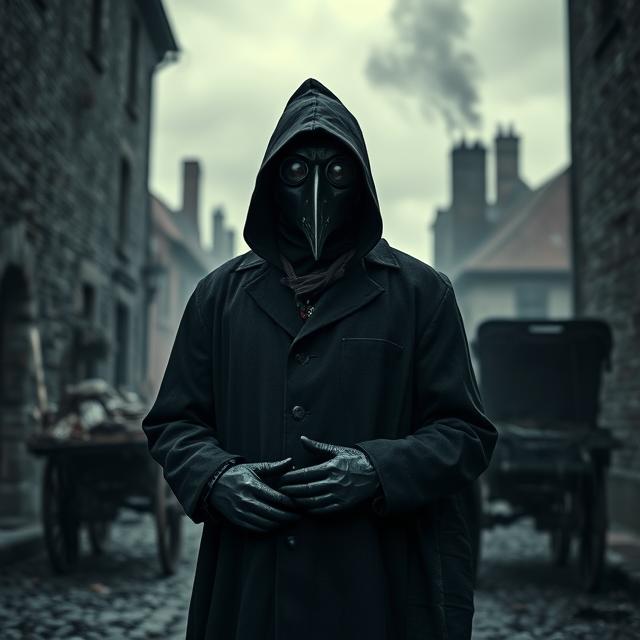There was a time when America embraced a gruesome solution for the mentally ill—one that involved driving sharp metal tools through the eye socket and scrambling the brain.
It was called the lobotomy.
Praised as a miracle cure, it became one of the most horrific medical experiments ever performed on a mass scale. From state hospitals to small-town clinics, tens of thousands of Americans were lobotomized, often without consent, sometimes for conditions as mild as depression or anxiety.
In the name of science, doctors became butchers.
This is the dark history of how a nation convinced itself that mutilating minds was medicine.
The Birth of a “Cure”
The lobotomy was born in 1935 when Portuguese neurologist Dr. António Egas Moniz developed a procedure called the leucotomy, which involved drilling holes in the skull and severing connections in the prefrontal cortex.
Moniz claimed success with patients suffering from depression and schizophrenia. Despite questionable results and numerous complications, he was awarded the Nobel Prize in 1949.
That honor gave legitimacy to the practice—and opened the floodgates for its global spread.
Enter Dr. Walter Freeman: The Lobotomobile King
In the United States, lobotomy found its most zealous evangelist in Dr. Walter Freeman, a showman who saw himself as a revolutionary healer.
Freeman wasn’t a surgeon. He had no formal training in operating rooms. But he was charismatic, persuasive, and utterly convinced he could fix broken minds with a simple procedure.
He developed the transorbital lobotomy, which bypassed drilling and instead used an icepick-like instrument inserted through the eye socket. With a hammer tap and a few swipes, he severed the white matter of the frontal lobe.
He called it “precision.” Others would later call it barbaric.
Freeman toured the country in a van he nicknamed the Lobotomobile, performing thousands of lobotomies in hospitals, asylums, and even private homes. He took photos, gave lectures, and posed proudly next to his unconscious patients.
At his peak, he could lobotomize a patient in under 10 minutes.
Victims Disguised as Patients
Between the 1940s and early 1950s, over 50,000 lobotomies were performed in the United States.
Patients included:
- Veterans suffering from PTSD
- Housewives diagnosed with “hysteria”
- Children considered unruly or mentally slow
- Elderly patients suffering from dementia
- Women institutionalized for resisting husbands or societal norms
Some improved. Most were left passive, blank, or worse—disabled for life.
Many died from hemorrhage or infection. Others survived with blunted emotions, memory loss, and severe personality changes.
But for doctors, lobotomy had one undeniable benefit—it made patients easier to manage.
The Tragedy of Rosemary Kennedy
One of the most famous—and tragic—lobotomy patients was Rosemary Kennedy, sister of future President John F. Kennedy.
At 23, Rosemary underwent a lobotomy at her father’s request, due to mood swings and behavioral issues. The procedure left her with the mental capacity of a toddler. She was unable to speak clearly, walk unassisted, or care for herself.
Her family hid her away in an institution for the rest of her life.
Her story was far from unique.
The Fall of the Icepick
By the late 1950s, lobotomy began to fall out of favor. The introduction of antipsychotic drugs like Thorazine offered a chemical alternative.
Critics within the medical community began to speak out, and horror stories surfaced in the press. Freeman’s reputation crumbled after he continued operating despite growing backlash. One of his patients died on the operating table during her third lobotomy.
Freeman was eventually banned from performing surgery. He died in 1972, never expressing regret.
Today, the lobotomy is regarded as one of medicine’s darkest chapters.
A Silent Horror in Plain Sight
What makes the lobotomy era so disturbing is how normalized it became. These were not fringe experiments done in back alleys. They were endorsed by top hospitals, covered in respected journals, and praised by the public.
The procedure was sold as salvation. But what it often delivered was silence—an erasure of personality, agency, and soul.
Doctors weren’t monsters. They were applauded as heroes.
That’s what makes it terrifying.
Lobotomy didn’t end because it was exposed as cruel. It ended because science found something easier to sell.
But the scars remain. Families still live with the aftermath. And in some corners of the world, similar procedures continue under new names.
This wasn’t ancient history. It was less than a century ago.
In the name of healing, thousands were left hollow.
And the echoes of the icepick still linger.
For more cases like this, explore our archive. SinisterArchive.com—where the legends are real.




